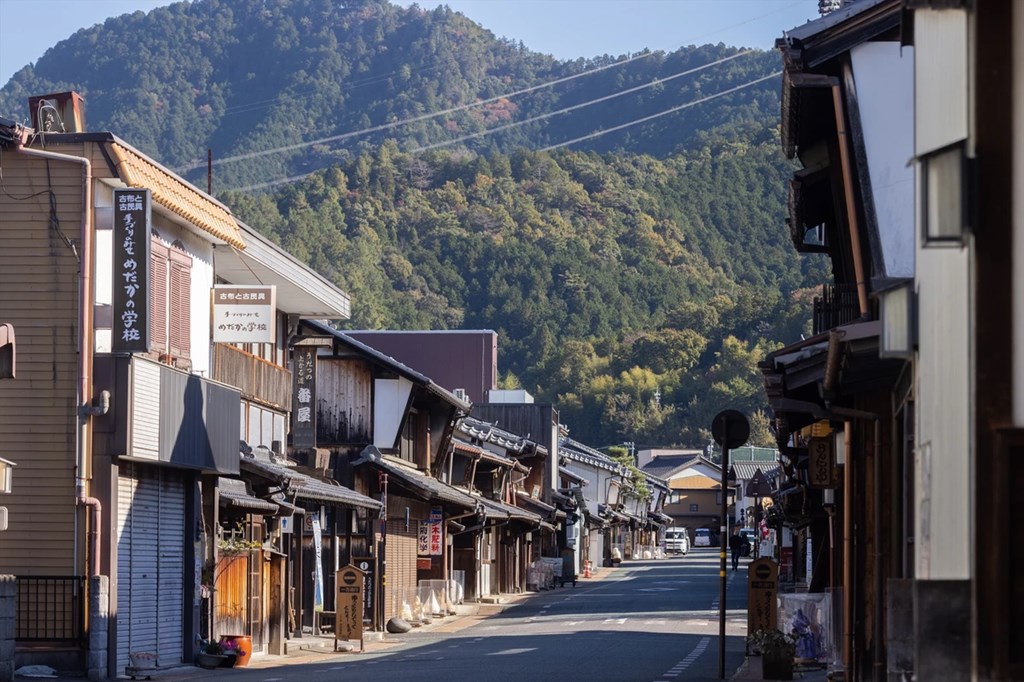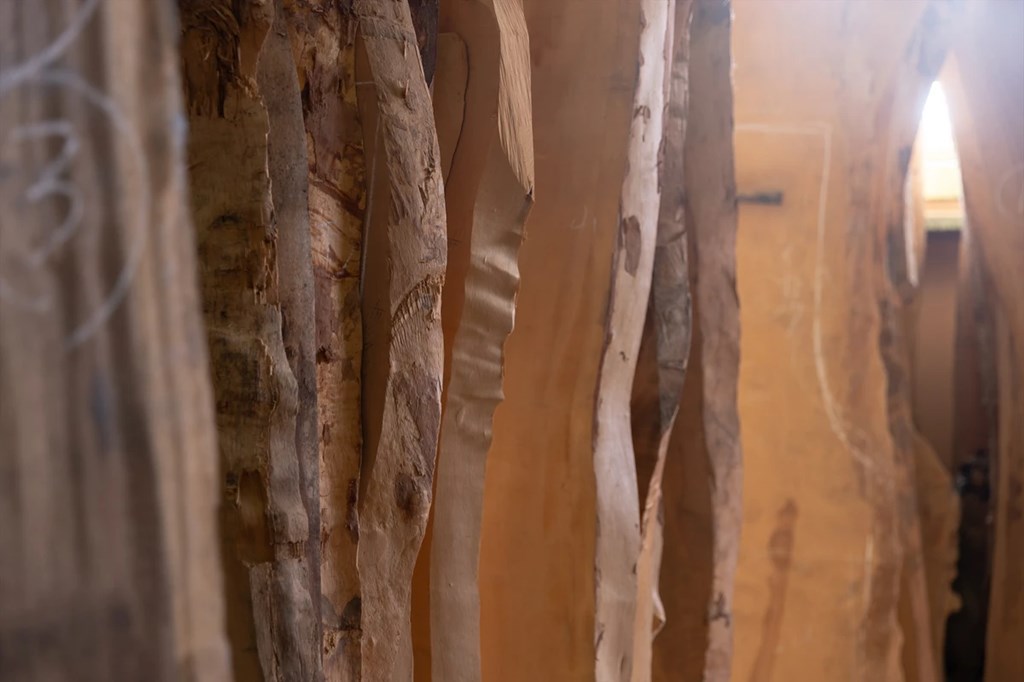
Land of Rivers and Mountains
Gifu's northern mountains produce hardy trees and an abundance of timber, which was transported in ancient times along the southern plains via the Kiso Three Rivers, and helped to develop the ancient capitals of Nara and Kyoto. But every winter, Gifu's mountains would be closed off by heavy snowfall, so the people developed a unique woodworking culture to earn an income in the colder months.
Meanwhile, in the southern plains, an impressive washi paper production area emerged along the rivers, centered in Mino City. Mino washi gained praise around Japan and was highly prized in ancient Nara and Kyoto. Thanks to Gifu's natural mountain riches, to the development of commerce and need to keep paper records, and to the pristine Nagara and Ida rivers which allowed superior washi to be produced in Mino, people, goods, and information flowed bountifully along the Kiso Three Rivers. New products, new culture, and new local values emerged in the region. Kozo, too, is part of this history.

Japan's Historic Center of River Transport and Shipping
Gifu became a hub for people, goods, and information, not only because of its location at the center of Japan, but also because of of river transport along the Kiso Three Rivers. The 8th Century census perserved in the Shosin Repository, written on Mino washi 1300 years ago and transported by river boat more than 100 kilometers, shows that the political and cultural centers of Japan had been greatly impacted by Gifu's developing merchant culture.
In the early modern Edo Period (1840), records on the rebuilding of Tokyo's Edo Castle after it had burned down, show that 600,000 logs were harvested from Gifu and transported to Tokyo, which was 400 kilometers away, using the Kiso Three Rivers and the Pacific Ocean.
Gifu woodworking and Mino washi are some of the oldest building blocks of Japanese industry and culture, and are cherished traditional Japanese crafts.

Gifu's Woodworking Culture
The verse, "land of trees, land of mountains" from Gifu's prefectural anthem rings deep in the hearts of Gifu natives, where forestry, carpentry, and woodworking have centuries of rich history intrinsically entwined with the local culture and natural environment. Gifu’s mountains host a remarkably diverse variety of Japanese trees with valuable wood known for its cold climate quality.
The Kiso River, which can be traced deep into the mountains, was used during the Edo Period to transport this lumber downstream for the building of palaces, shrines, temples, and Gifu City's port, which was an economic center of Japan at the time.
To this day Gifu remains a land of trees and mountains, with 81% of the prefecture covered in forest.

Mino Washi: A Cherished Traditional Craft of Japan
Much more than paper, washi is a material for everything from traditional Japanese doors, to lanterns, and more. This 1300-year-old traditional material is made from the fibers of plants, particularly paper mulberry, and its production depends on prisitine rivers and cold weather. Gifu Prefecture's Mino washi in particular, is renowned for its superior quality and has been treasured since the Nara Period (710-794). The 8th Century census is recorded on Mino washi, and is preserved in the Shosin Repository to this day.
Gifu's network of rivers was was also instrumental in the transport of Mino washi and its raw materials throughout the country for use for official documents, to more decorative uses. Our Mino pens are wrapped with Mino washi that has been silk printed with Kyoto's famous yuzen motifs.
